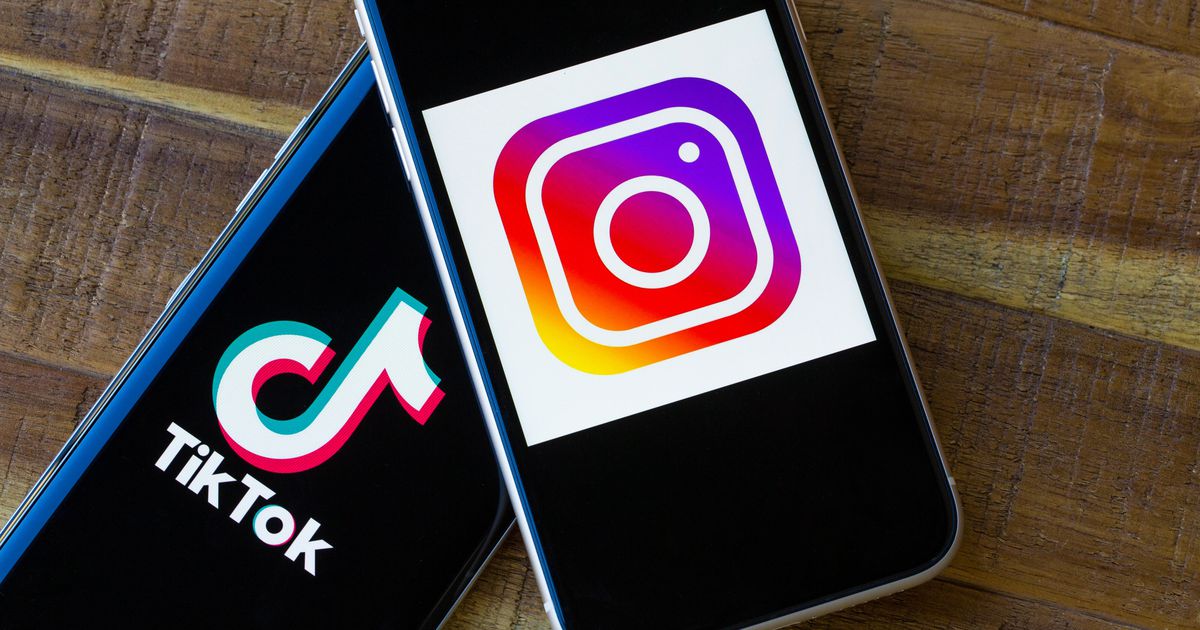Instagram and TikTok have emerged as two of the most popular and important platforms in the ever-changing social media environment. These platforms have not only changed the way we consume information, but they have also provided new opportunities for artists to display their skills and reach a worldwide audience.
As content creators consider their alternatives, the choice between Instagram and TikTok becomes increasingly important. We go into the distinct aspects of both platforms in this feature piece to help creators make an informed decision about where to focus their creative efforts.
Instagram: Where Visual Storytelling Takes Center Stage
Instagram, founded in 2010, has grown into a versatile platform that boasts over a billion monthly active users. Initially conceived as a photo-sharing app, Instagram has since evolved to accommodate various content formats, such as photos, videos, Stories, IGTV, and Reels. This adaptability offers creators a wide canvas to express their ideas and connect with their audience.
Key Features and Benefits of Instagram:
Visual Aesthetic: Instagram is synonymous with visual storytelling. It’s the perfect place for creators who thrive on curated images, showcasing their products, services, and personal brand in a polished and engaging manner.
Diverse Content Formats: From the short-lived Stories to the longer-form IGTV and the snappy Reels, Instagram provides creators with the flexibility to experiment with different content types and styles.
Audience Engagement: Instagram’s engagement features, such as likes, comments, and direct messaging, facilitate direct interaction with followers. This fosters a sense of community and helps creators build genuine relationships.
Targeted Reach: Instagram’s extensive suite of advertising tools allows creators to precisely target their content based on demographics, interests, and behavior, ensuring that the content reaches the right audience.
TikTok: Embracing Short-Form Creativity
TikTok, launched in 2016, took the social media world by storm with its emphasis on short-form video content. Known for its addictive and immersive experience, TikTok quickly gained popularity among a younger demographic and has maintained its status as a platform for viral challenges, dance trends, and creative expression.
Key Features and Benefits of TikTok:
Bite-Sized Content: TikTok’s hallmark is its 60-second videos, which compel creators to distill their content into short, attention-grabbing clips that cater to users’ fleeting attention spans.
Discoverability: TikTok’s “For You Page” (FYP) algorithm promotes content to users based on their preferences, regardless of the creator’s follower count. This levels the playing field and provides new creators with opportunities to go viral.
Engagement and Interactivity: TikTok encourages user participation through features like duets, where users can collaborate on videos, and challenges that unite a global community under a shared theme.
Trendsetting Platform: TikTok has a unique ability to set trends that spread across the platform and beyond, making it an ideal platform for creators who want to be at the forefront of cultural movements.
Choosing the Right Platform: A Considered Approach
The decision to invest in Instagram or TikTok should be guided by a creator’s unique content style, goals, and target audience. Instagram’s emphasis on visual aesthetics and diverse content formats suits creators who prefer a more polished and curated approach. On the other hand, TikTok’s bite-sized content and trendsetting potential cater to those who thrive on spontaneity and community engagement.
It’s also important to note that many creators don’t limit themselves to a single platform. Cross-promotion across Instagram and TikTok can help creators leverage the strengths of both platforms to maximize their reach and impact.
In conclusion, both Instagram and TikTok offer unparalleled opportunities for creators to share their content and connect with audiences in distinctive ways. The choice between the two hinges on the creator’s content style, engagement preferences, and objectives. By understanding the unique strengths of each platform, creators can make an informed decision that aligns with their creative vision and audience aspirations in the ever-evolving realm of social media.














